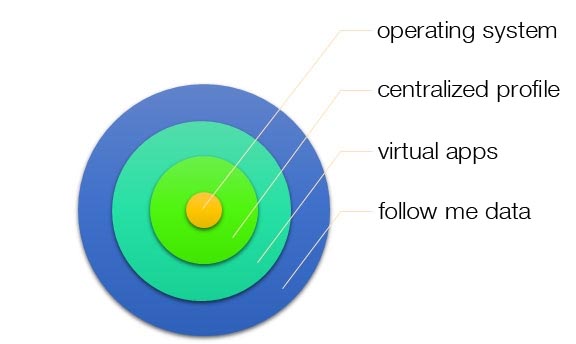Now that high-speed internet is available almost everywhere, more and more employees are becoming digital nomads, telecommuting from anywhere… as long as they have network access. But while tools designed for digital nomads – such as mobile device management – have grown rapidly over the past two years, solutions for working offline have seen little improvement since the early aught.
Currently, if I want to work offline, my company gives me a work station with all the applications and data I need at the office. Sure, it works. But at what cost? Data is saved only when I remember to hit save. Few or no management tools are available. Whenever a device stops working, there’s a long and costly upgrade process. Most of the time this fails to meet user expectations and ends up being counterproductive for IT teams.
But with virtualization technologies, it’s now possible to completely rethink the way we work offline. The goal is to give each user a work station that provides the same level of service, both online and offline.
the right approach
Companies should take a layered approach to user work stations, so each layer functions independently of every other layer and can be upgraded without affecting the others.
These layers would include:

With this system, users receive all the benefits of a centralized infrastructure, while still enjoying the same level of service offline. User data and profiles are stored in the company’s Cloud and synchronized locally every time they connect to the network.
conclusion
This method enables users to maintain all the flexibility of telecommuting work stations, whether online or offline.
Right now, we must rethink how we manage offline work to integrate it completely into the company’s long-distance work policy from the outset. Too often, we see these policies created as an afterthought to accommodate exceptional situations as they arise.
From now on, the need to manage nomadic work stations should no longer be handled by separate policies, but rather integrated into a centralized management policy for user environments.
Olivier Domy
photo: © olly - Fotolia.com

I work around the concepts related to the rationalization of infrastructure information systems and particularly on user environments transformation projects.